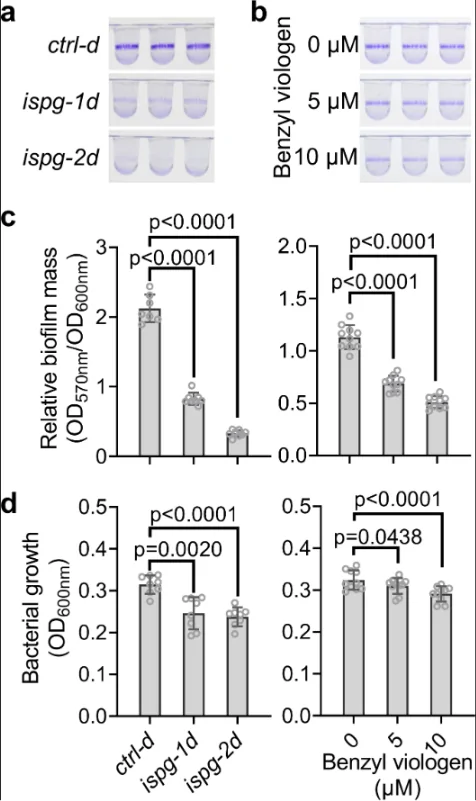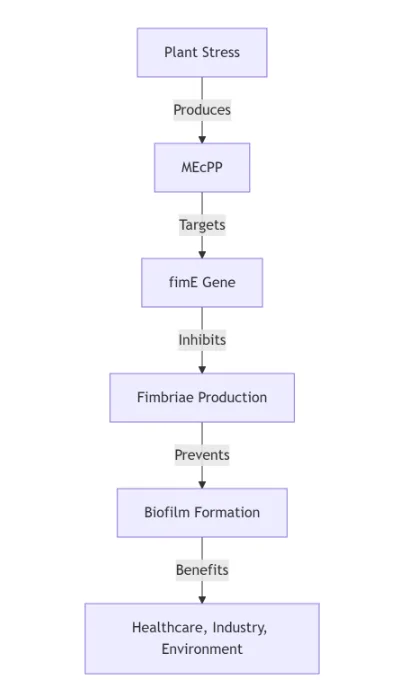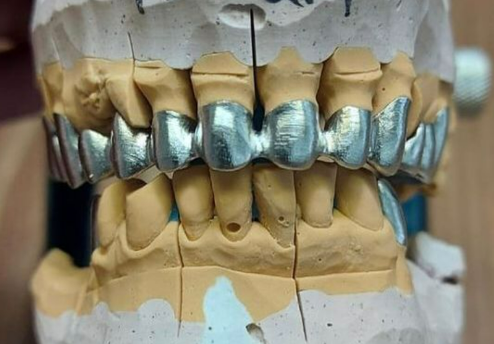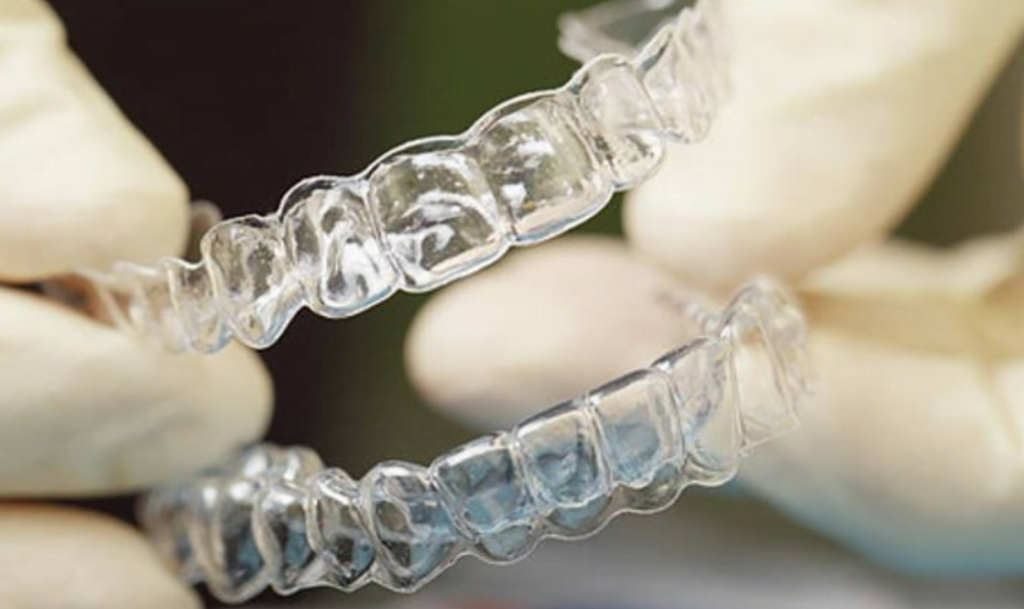A New Method of Biofilm Control: How Plants “Invented” Biofilm Protection
Biofilms pose serious problems in the medical and industrial sectors, acting as a fortress where bacteria and other microorganisms live and actively multiply. Recent research by scientists at the University of California, Riverside has discovered a novel method of disrupting biofilm formation using a natural plant metabolite. This discovery has enormous potential for both public health, water systems and the food industry.
Understanding Biofilms: A Persistent Challenge
Biofilms are communities of microorganisms that adhere to surfaces and form protective layers. These slimy layers, often seen on river rocks or as dental plaque, pose major problems in various environments:
- Medical Contexts: Biofilms grow on devices like catheters, stents, and implants, rendering infections difficult to treat due to their high resistance to antibiotics.
- Industrial Challenges: They clog pipelines, contaminate food processing equipment, and accelerate machinery corrosion.
Microorganisms use hair-like structures called fimbriae to attach to surfaces, initiating biofilm formation. Once attached, they secrete a matrix that shields them from cleaning agents and treatments, making biofilms notoriously difficult to eliminate.
The Role of MEcPP: Nature’s Anti-Biofilm Agent
Scientists have identified MEcPP (methylerythritol cyclophosphate), a metabolite naturally produced by plants under stress, as a potent inhibitor of biofilm formation. MEcPP disrupts the ability of bacteria to anchor themselves to surfaces, effectively disarming their biofilm-building process.
How MEcPP Works
- Plant stress response: MEcPP accumulates in plants during stress. For example, during excessive exposure to oxygen caused by damage to the plant and protects the plant from the formation of biofilms that can accumulate at the site of damage.
- Effect on Bacteria: In bacteria like E. coli, MEcPP enhances the activity of the fimE gene, which acts as an “off switch” for fimbriae production. Without fimbriae, bacteria cannot initiate biofilm formation.
Genetic Breakthrough
Through extensive genetic screening of over 9,000 bacterial mutants, researchers pinpointed the fimE gene as a critical target for disrupting biofilm development. MEcPP’s ability to upregulate fimE expression makes it a promising candidate for biofilm prevention across industries.

a, b Visualization of biofilms produced by CRISPRi strains (a), and MG1655 cells statically grown at room temperature in media with increasing concentrations of benzyl viologen (b), using crystal violet staining. c, d Analysis of relative biofilm mass calculated by the ratio between the OD570nm of dissolved crystal violet-stained biofilm and the OD600nm of planktonic cells at the time of staining (c) and bacterial growth measured at OD600nm (d). The results are derived from three biological replicates per genotype or treatment, and each biological replicate includes at least two technical replicates. Bars represent the mean value, and error bars show the standard deviations. Statistical tests used include Brown-Forsythe and Welch ANOVA and two-sided Dunnett’s multiple comparisons tests (CRISPRi strains) and RM one-way ANOVA tests with the Geisser-Greenhouse correction and two-sided Dunnett’s multiple comparisons tests (BV treatment). Nature communication/ Article number: 10079 (2024)/ Jingzhe Guo
Applications Across Sectors
The implications of this discovery extend far beyond the laboratory. By harnessing MEcPP’s properties, industries can address biofilm-related challenges more effectively and sustainably.
Healthcare
- Enhanced Infection Control: Preventing biofilm formation on medical devices could significantly improve patient outcomes.
- Reduced Antibiotic Resistance: By targeting biofilm formation, MEcPP minimizes the need for antibiotics, mitigating resistance development.
Industrial Benefits
- Clean Water Systems: MEcPP can prevent biofilm-induced clogs in pipelines, ensuring efficient water flow.
- Food Safety: Contamination in food processing equipment can be reduced, enhancing safety and compliance.
- Corrosion Prevention: MEcPP’s biofilm-disrupting properties can protect industrial machinery from biofilm-related damage.
Environmental Advantages
Traditional biofilm control methods often rely on harsh chemicals, posing environmental risks. MEcPP offers a biodegradable and eco-friendly alternative, making it an ideal solution for sustainable industries.
Visualizing Biofilm Disruption
The Future of Biofilm Prevention
This groundbreaking research underscores the unexpected connections between plant biology and microbiology. By leveraging a natural metabolite like MEcPP, we can pioneer innovative strategies for managing biofilm-related challenges. From improving medical outcomes to safeguarding industrial equipment, the potential applications are vast and transformative.
Investments in further research and development will unlock new possibilities for deploying MEcPP across diverse sectors, fostering a cleaner, healthier, and more sustainable future.
Sources
- Science Daily – Dangerous bacterial biofilms have a natural enemy: Discovery could help prevent infections – January 11, 2025
- Nature Communications – An evolutionarily conserved metabolite inhibits biofilm formation in Escherichia coli K-12 – November 21, 2024








